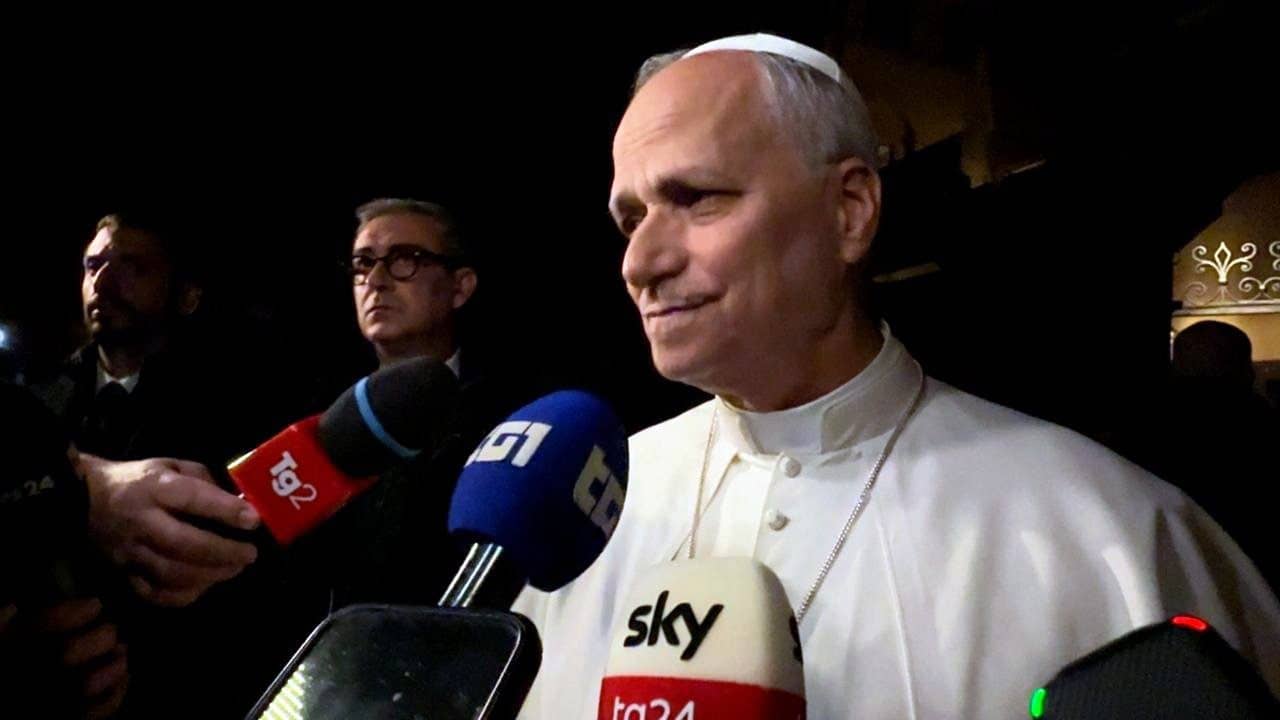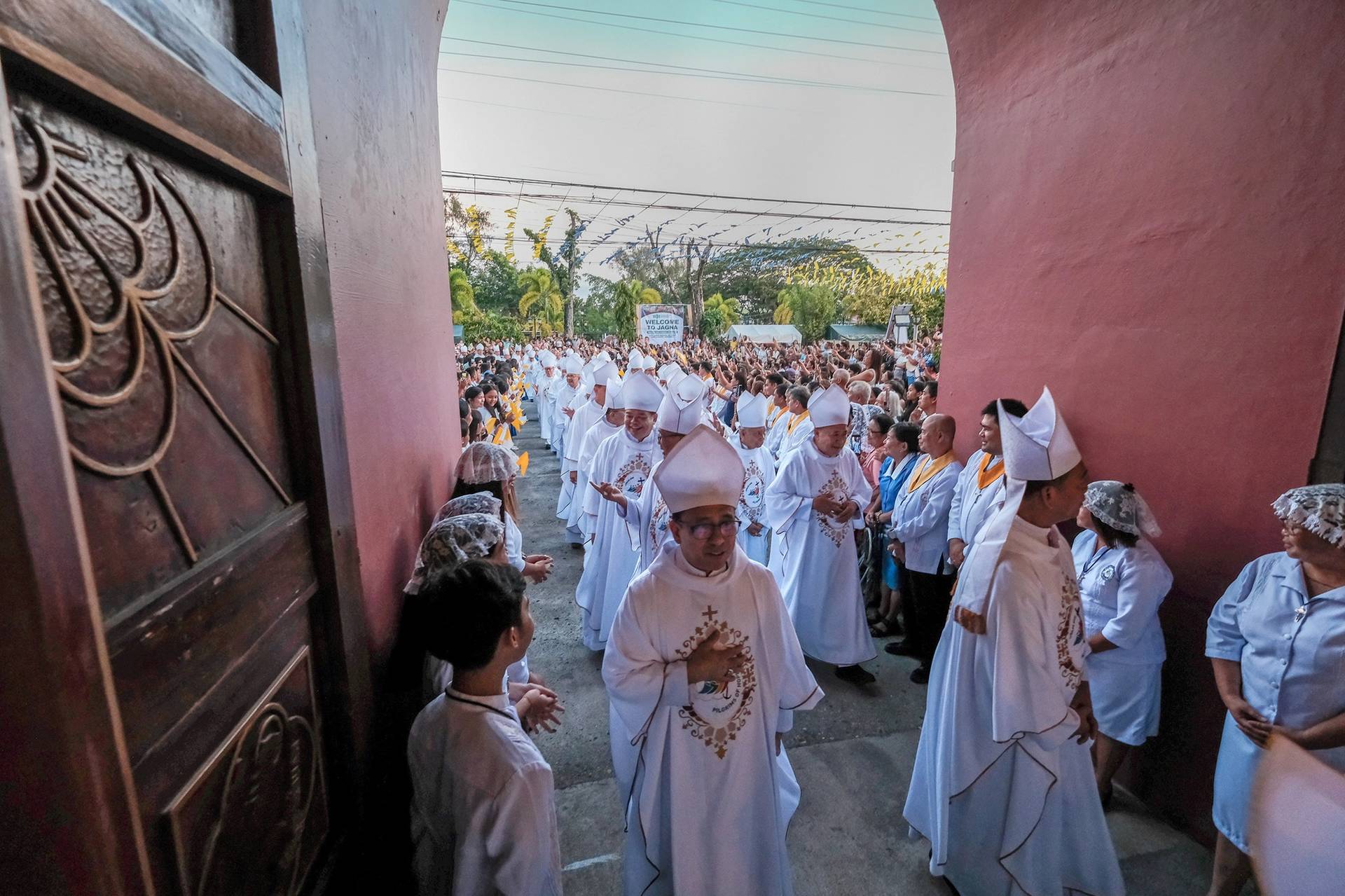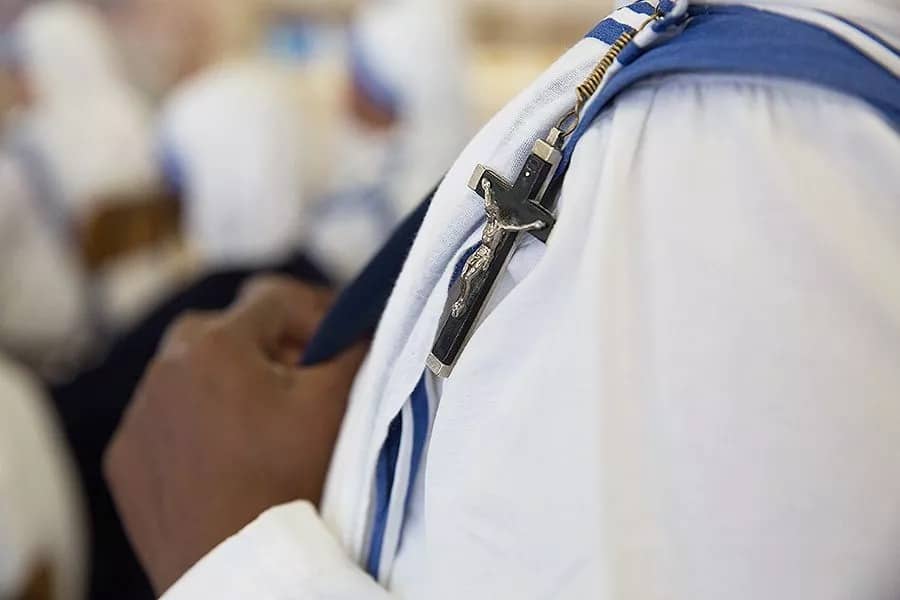I was interviewed Friday by an Italian news agency, in conjunction with Bernie Sanders’ speech that day at a Vatican conference on economic justice. The main question was, “Do Americans think Pope Francis is taking sides in the 2016 election?”
For the record, this was before news broke that Sanders greeted Francis briefly Saturday morning at the Domus Santa Marta, the Vatican residence where the pontiff lives, after Sanders and his wife stayed there overnight and before the pontiff departed for a day trip to Greece.
It was also before Francis used a news conference on the way back from Greece to describe that greeting as no more than “common courtesy,” and to say that anyone who saw a political statement in it should “find a psychiatrist.”
Without knowing any of that was about to happen, the Italian reporter had put together the Sanders visit to the Vatican on Friday with the verbal spat Francis got into with Republican contender Donald Trump in February, and was wondering if Americans now see the pope as backing the Democrats, whoever their candidate ends up being, in 2016.
Though I didn’t have any polling data to cite, I replied that I suspect some probably will see it in those terms – and now, I would add, no matter what the pope himself says.
On the other hand, I said, many Americans understand things aren’t quite that simple.
To begin, the pontiff’s dispute with Trump was over an issue, namely immigration and the wisdom of building walls, and not over a candidate or a party.
The reality is that there are some Republicans who are pro-immigration reform. None of them have had any real traction in the 2016 race, but the fact they’re around illustrates that calling putting up walls “un-Christian” is not, at least in principle, a partisan stance.
Francis certainly drove home his pro-immigrant message on Saturday, inviting three refugee families to fly with him back to Rome after a quick day trip to the Greek island of Lesbos. Made up of twelve people in total, including six children, all Muslims, the families will be cared for in Italy by the Catholic community of Sant’Egidio.
To state the obvious, the pontiff’s position on welcoming immigrants hardly applies only in the United States, and it’s not calculated to drive our presidential politics.
To play out the string, suppose on that February flight from the U.S./Mexico border to Rome, a reporter had asked Francis to react to a politician who supports, say, expanding abortion rights or legalizing gay marriage, rather than restrictive immigration policies.
Based on the pontiff’s repeated public statements, including his recent apostolic exhortation Amoris Laetitia, it’s reasonable to assume Francis would have termed those positions “un-Christian” as well, and then we’d be talking about the pope injecting himself into the 2016 race on the right rather than the left.
Underlining a principle of Catholic social teaching, in other words, is not tantamount to an endorsement of one party. The fact that doing so can be seen as partisan may tell us more about the polarized state of American politics than it does about the pope’s own agenda.
As for the Sanders meeting, it would be unusual for a prominent politician from any country, and from any political alignment, to come to Rome to express his admiration for the pontiff’s leadership at the invitation of a pontifical academy, and not to get at least a brief handshake with the pope.
Anyway, as Francis described it, Sanders knew Francis would be exiting the Vatican residence where he was staying on Saturday morning, and simply wanted the chance to say hello. As the pope saw it, he was merely being polite.
A spokesman for Sanders added that the senator did not consider the brief meeting “in any way” an endorsement of his bid for the Democratic nomination.
(Vatican spokesmen may have themselves to blame for the impression that politics had to be involved, since they repeatedly insisted no meeting was planned, making the fact it happened anyway seem somehow extraordinary.)
The bottom line is that there are convincing ways to read both the Trump and Sanders episodes that do not suggest any effort by Francis to influence the outcome of the 2016 race.
That said, in American politics, perception usually beats reality every day of the week and twice on Sunday. Right now, the take-away in some quarters undoubtedly is that Francis is showing his hand, and that’s likely to drive American attitudes at least as much as what he really intended.
The traditional bulwark of Vatican diplomacy has been to remain super partes, meaning above the fray, in part because the Vatican is grounded in centuries of political realism. Whatever a given pope’s preferences may be, the Church has to be prepared to work with regimes of all stripes, because you just never know who’s going to come to power.
It may well be that the Republicans capture the White House in 2016, and if so, presumably Francis and his Vatican team don’t want them coming into office taking a dim view of Rome. As a result, the pontiff may need to find a way between now and November to signal that, despite what some may think, he’s not actually aligned.














